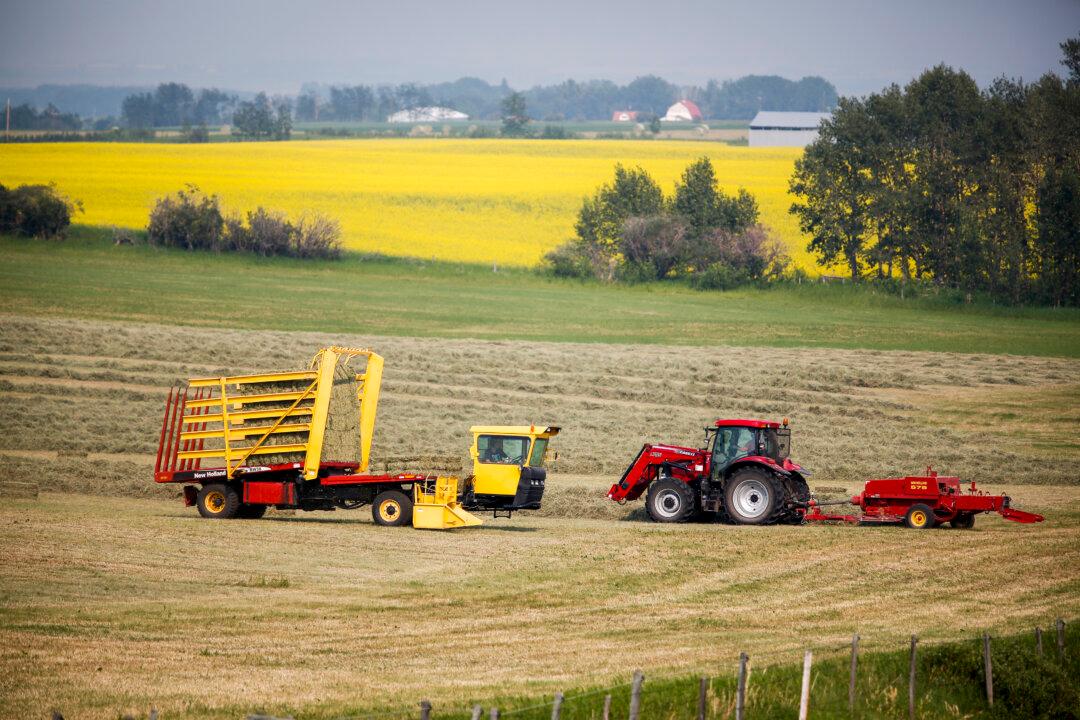Weeks of sustained heat and little moisture has spoiled much of the harvest on the Prairies and forced ranchers to sell cattle early due to insufficient feed. But insurance and government aid is offering some relief, along with a long-term view of hope for the future.
Matt Struthers, a crop extension specialist with Saskatchewan’s Ministry of Agriculture, said it’s the driest year many farmers can remember although a good year for some, depending on where they’re located.





